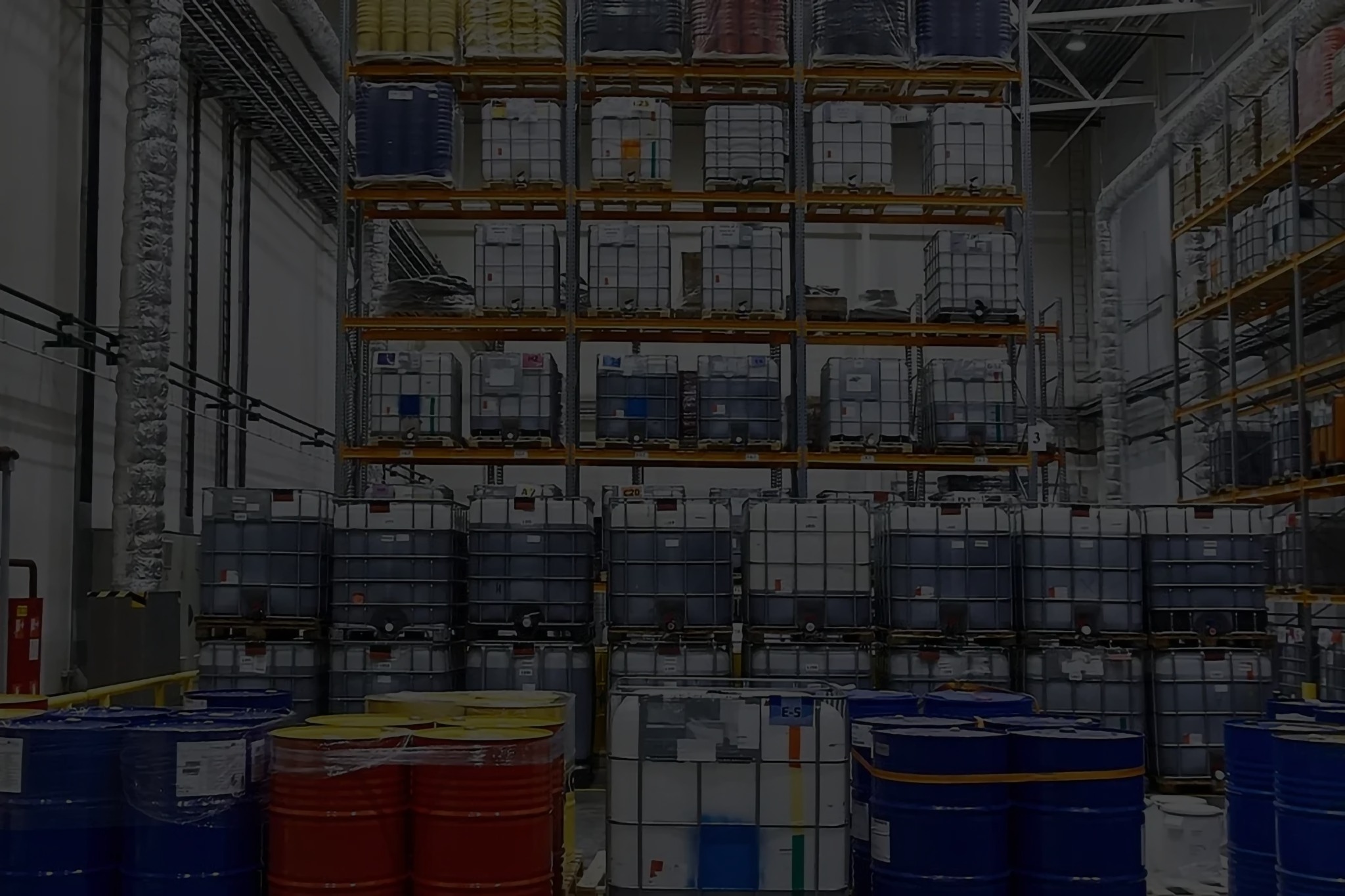Impact of Temperature on Chemicals
Temperature plays a crucial role in the behavior and properties of chemicals. Understanding how temperature variations influence chemical reactions and properties is essential for ensuring safe and effective handling in laboratory and industrial settings. This article explores the impact of temperature on chemical stability, reaction rates, solubility, and safety considerations.
Chemical Stability
Temperature significantly affects the stability of chemicals. Many chemicals are sensitive to temperature changes, which can lead to degradation or altered properties. For example, some organic compounds may decompose at high temperatures, while others may crystallize or precipitate at lower temperatures.
High Temperatures:
Accelerate decomposition and degradation.
Can cause volatile substances to vaporize, increasing the risk of explosive reactions.
Low Temperatures:
- Can lead to crystallization or solidification of chemicals, which may alter their reactivity or usability.
- May slow down or halt chemical reactions, affecting experimental outcomes.
Reaction Rates
Temperature directly influences the rate at which chemical reactions occur. According to the Arrhenius equation, an increase in temperature generally increases the reaction rate. This principle is critical for controlling and optimizing reactions in both industrial and laboratory settings.
Increasing Temperature:
- Increases kinetic energy of molecules, leading to more frequent and energetic collisions.
- Often results in a higher reaction rate, making processes faster and more efficient.
Decreasing Temperature:
- Reduces molecular movement and collision frequency.
- Slows down reaction rates, which can be beneficial for reactions that require precise control or slower progress.
Solubility
The solubility of substances in solvents is also temperature-dependent. For most solids, solubility increases with temperature, allowing for greater dissolution. However, the solubility of gases in liquids typically decreases as temperature rises.
Higher Temperatures:
- Enhance the solubility of solids in liquids, which is useful for dissolving more solute in a solution.
- Reduce the solubility of gases, which can lead to gas evolution or loss from solutions.
Lower Temperatures:
- Decrease the solubility of solids, potentially causing precipitation or crystallization.
- Increase the solubility of gases, maintaining their concentration in solutions.
Safety Considerations
Understanding temperature effects is vital for maintaining safety in chemical handling and storage. Improper temperature management can lead to hazardous situations, including explosions, fires, or toxic releases.
Storage:
- Chemicals should be stored at recommended temperatures to prevent degradation or hazardous reactions.
- Temperature control systems (e.g., refrigerators, climate-controlled storage) are essential for maintaining chemical stability.
Handling:
- Proper personal protective equipment (PPE) should be used when handling chemicals at extreme temperatures.
- Procedures should be in place for safely heating or cooling chemicals, including the use of water baths, heating mantles, or ice baths.
Practical Applications
Laboratory Settings:
- Precise temperature control is crucial for reproducibility and accuracy in experiments.
- Equipment like water baths, incubators, and temperature-controlled reaction vessels help maintain desired conditions.
Industrial Settings:
- Large-scale chemical processes often rely on temperature control to optimize production efficiency and yield.
- Safety protocols are essential for managing the risks associated with high-temperature operations, such as distillation or polymerization.
Conclusion
Temperature variations have a profound impact on chemical reactions and properties. By understanding these effects, scientists and industry professionals can ensure the safe and effective handling of chemicals, optimize reaction conditions, and maintain the stability and quality of chemical products. Proper temperature management is essential for achieving desired outcomes and preventing hazardous situations in both laboratory and industrial environments.

